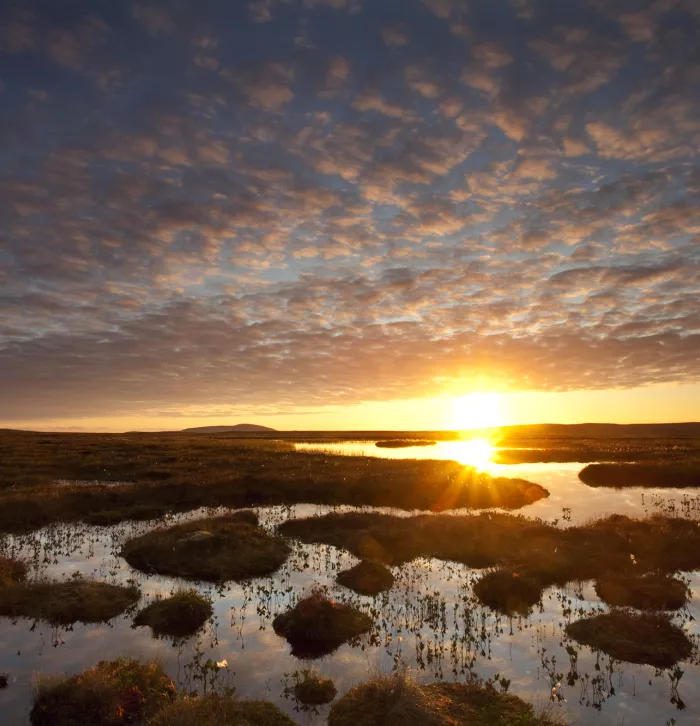-
£ 1.2 billion
extra money needed per year needed to restore nature
-
38 %
Sites of Special Scientific Interest in England in favourable condition
Kent Wildlife Trust's Director of Conservation, Paul Hadaway said: “The government were elected on their manifesto promise to deliver ‘the most ambitious environmental programme of any country on earth’ but they are not even coming close to meeting that commitment.
“The Office for Environmental Protection has said that the UK Government is not on track to meet any of our environmental targets.
“We need a plan to stop the loss of nature, this is an emergency, and it requires leadership and a strategic focus not apparent in today’s announcement. We do not need government moving the goal posts on targets and not delivering on the urgency of the crises we face. If we do not have clean water and air, or an ability to grow food, we cannot prosper.
“I would ask the government to adhere to the targets it has previously set and to significantly increase funding in order to allow the country to reach its target to protect 30% of our land and sea for nature by 2030.”
While Kent Wildlife Trust welcomes the Government’s renewed focus on delivery of nature restoration and improving people’s access to the natural environment, there are significant concerns about the following:
- The Retained EU Law Bill threatens to undermine all progress by removing thousands of laws that protect our most precious wild places and rare wildlife at the end of this year.
- There is still no plan on how to reach 30 by 30 – this is the Government’s stated commitment to protect 30% of land and sea by 2030. Progress towards this international target has been painfully slow, with just 3.22% of land currently protected.
- Only 38% of Sites of Special Scientific Interest in England are in favourable condition despite being some of the most precious sites for nature. This is despite there being a policy commitment to reach 50% of SSSIs in favourable condition by 2020 set out Biodiversity 2020 (England’s biodiversity strategy for 2010 to 2020) – which was missed. Far more funding is needed to improve SSSIs for nature.
Craig Bennett, Chief Executive of The Wildlife Trusts said: “The Government appears to be hoping that the agricultural budget will help to restore the nature we’ve lost – but if the Environmental Land Management schemes lack the required ambition, they will have to make up the shortfall from elsewhere. Government must scale up funding to match the ambition – and stop hoping that existing budgets will do the job.”

Defend Nature
Nature is under attack from plans by the UK Government to bulldoze thousands of laws that protect our environment.

